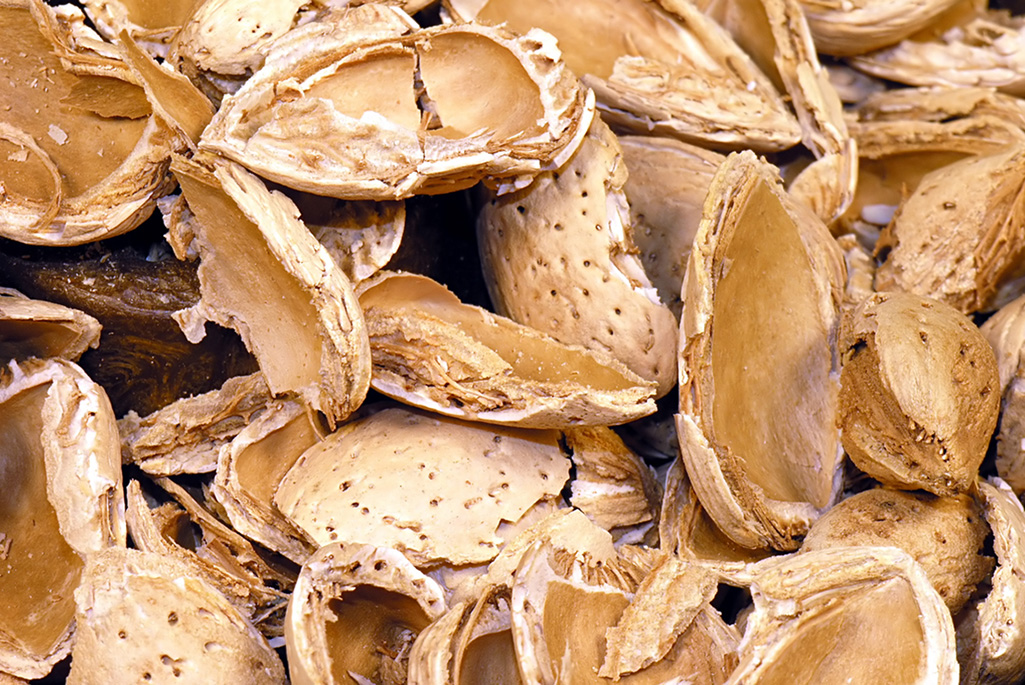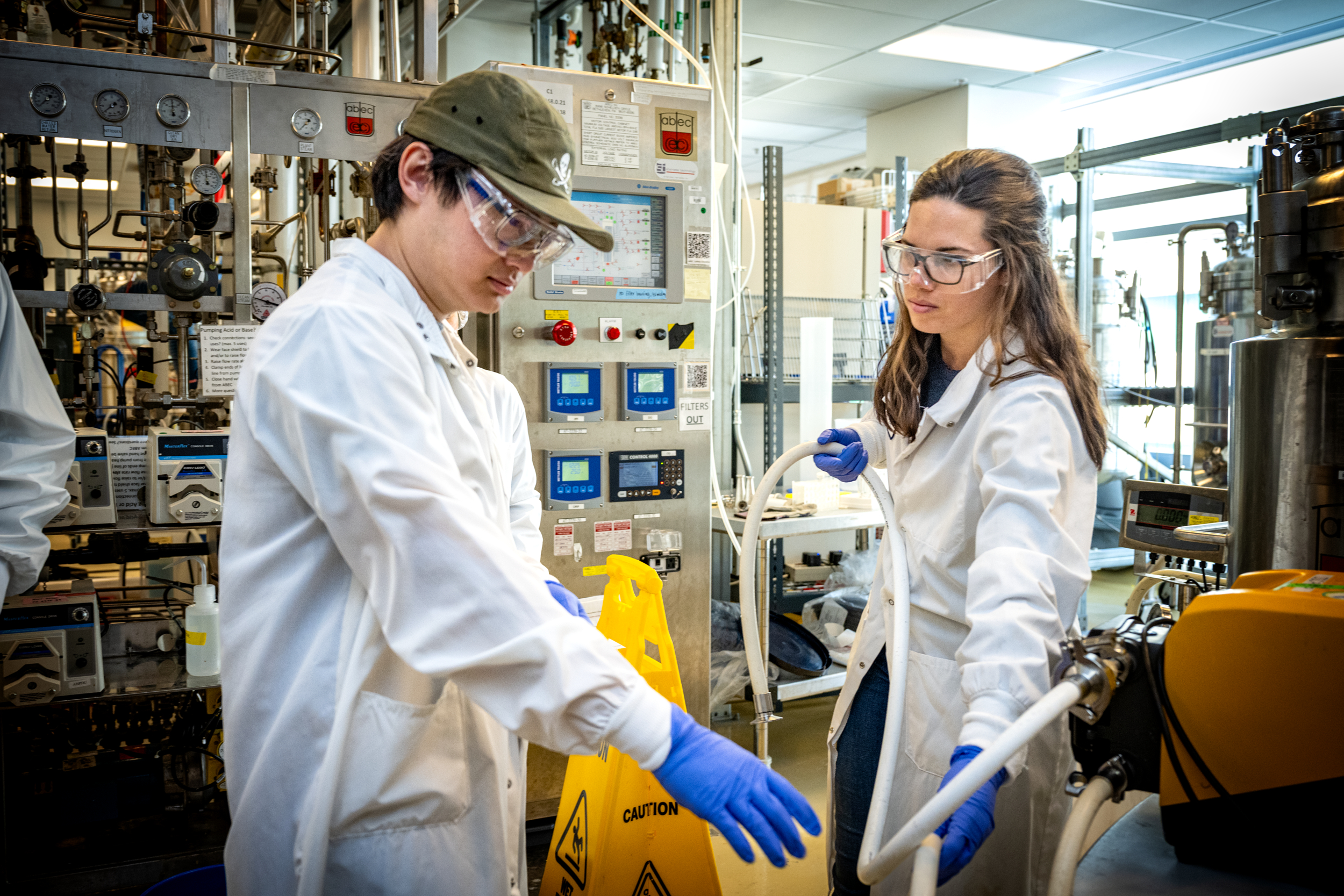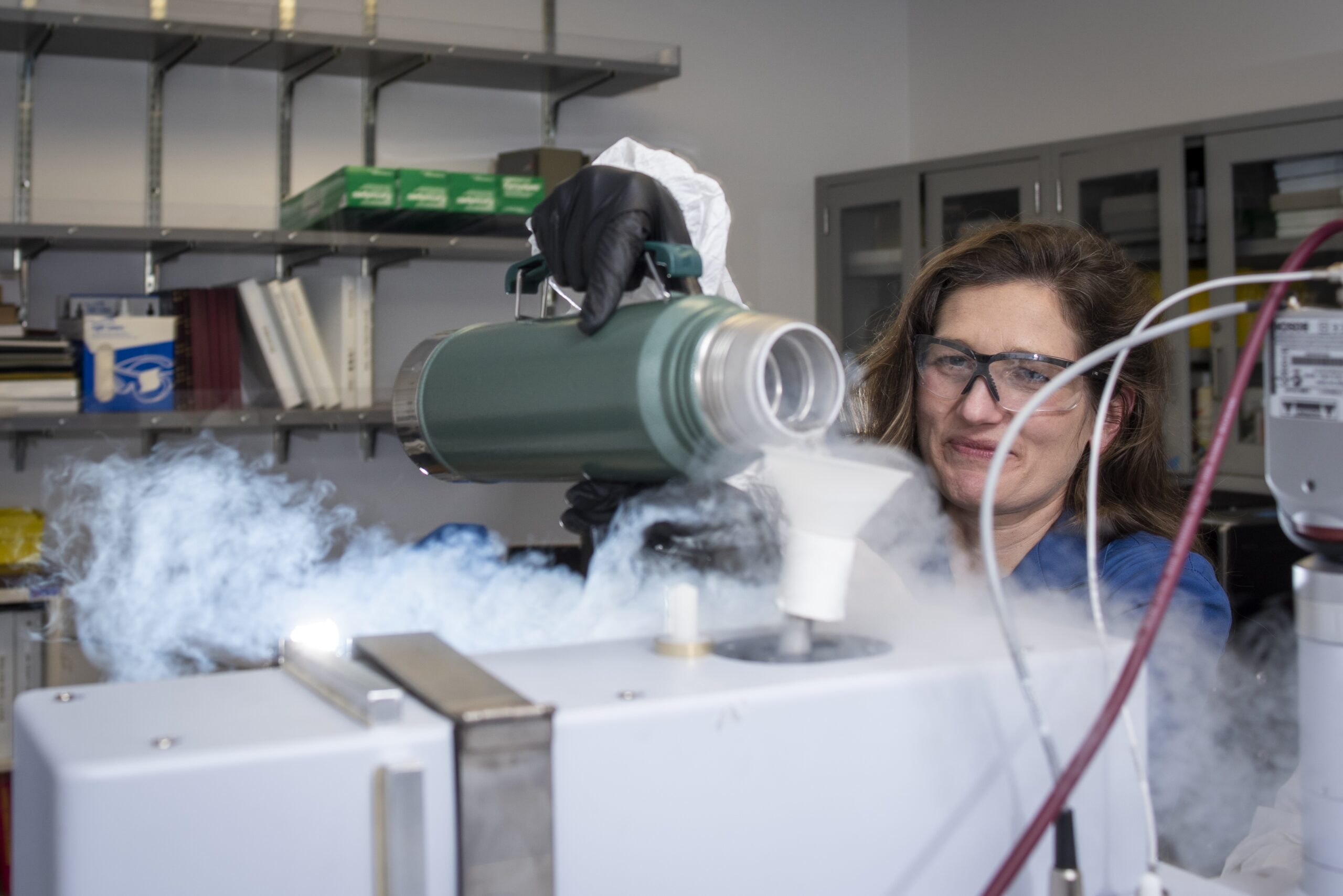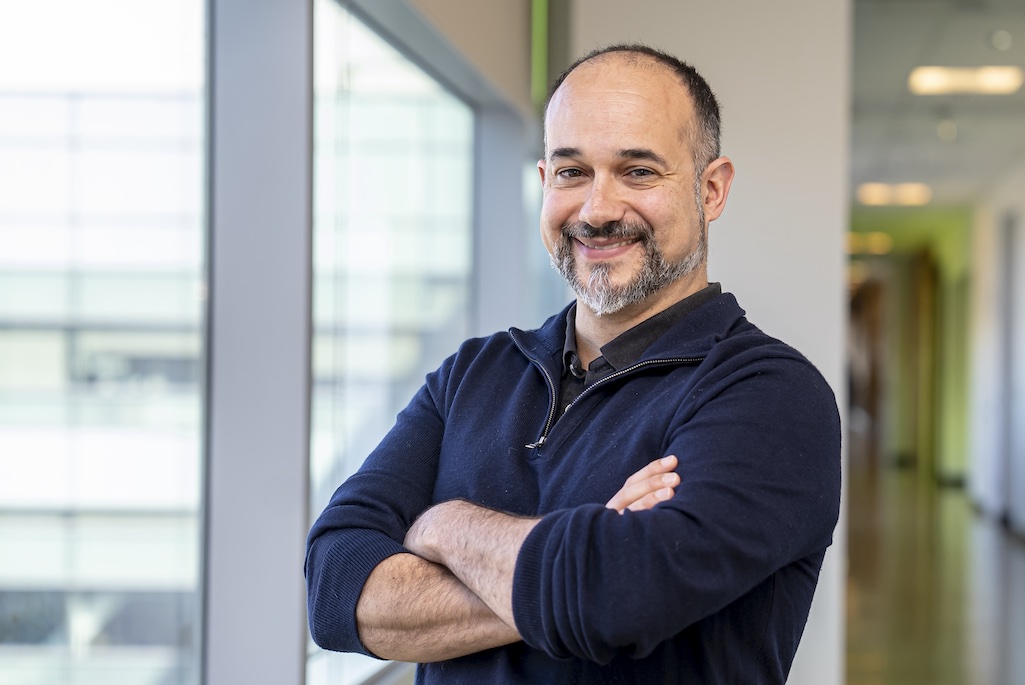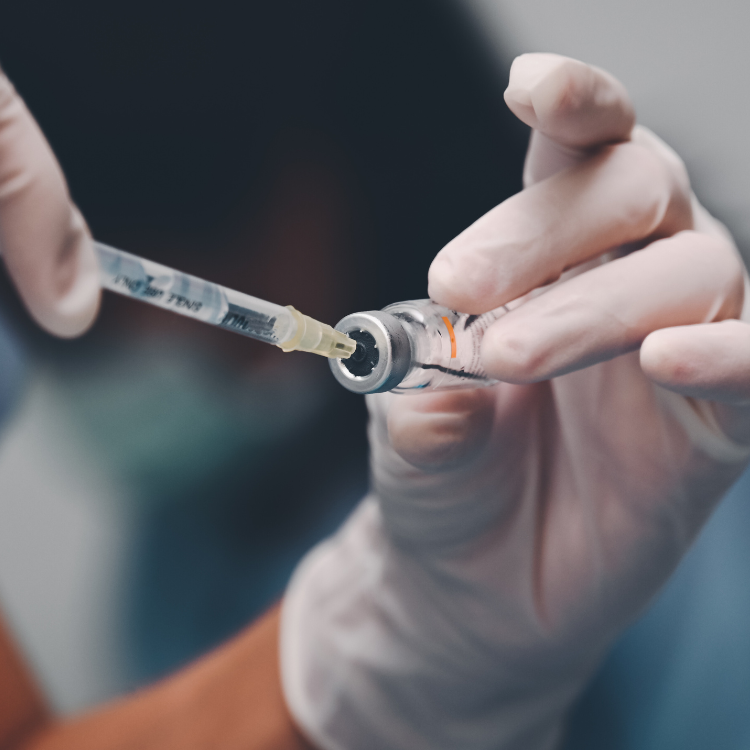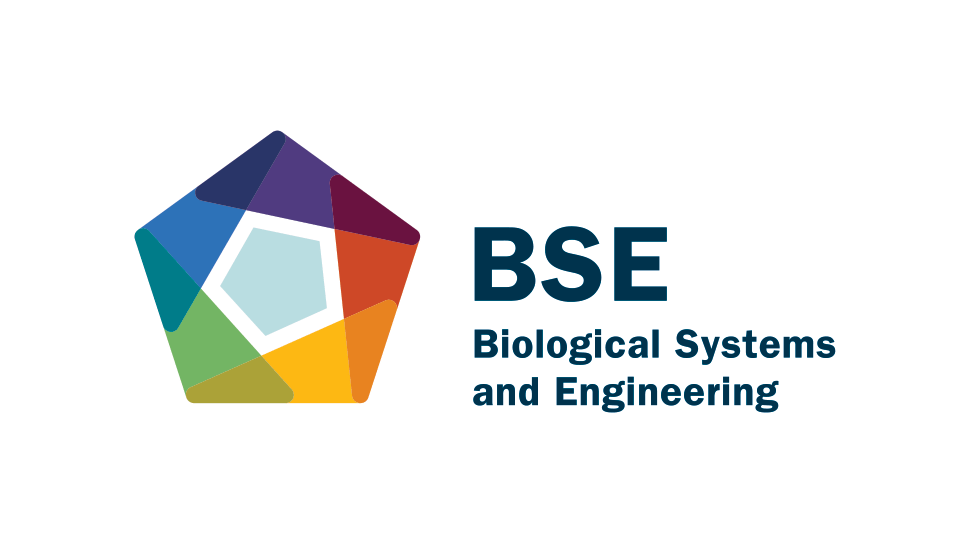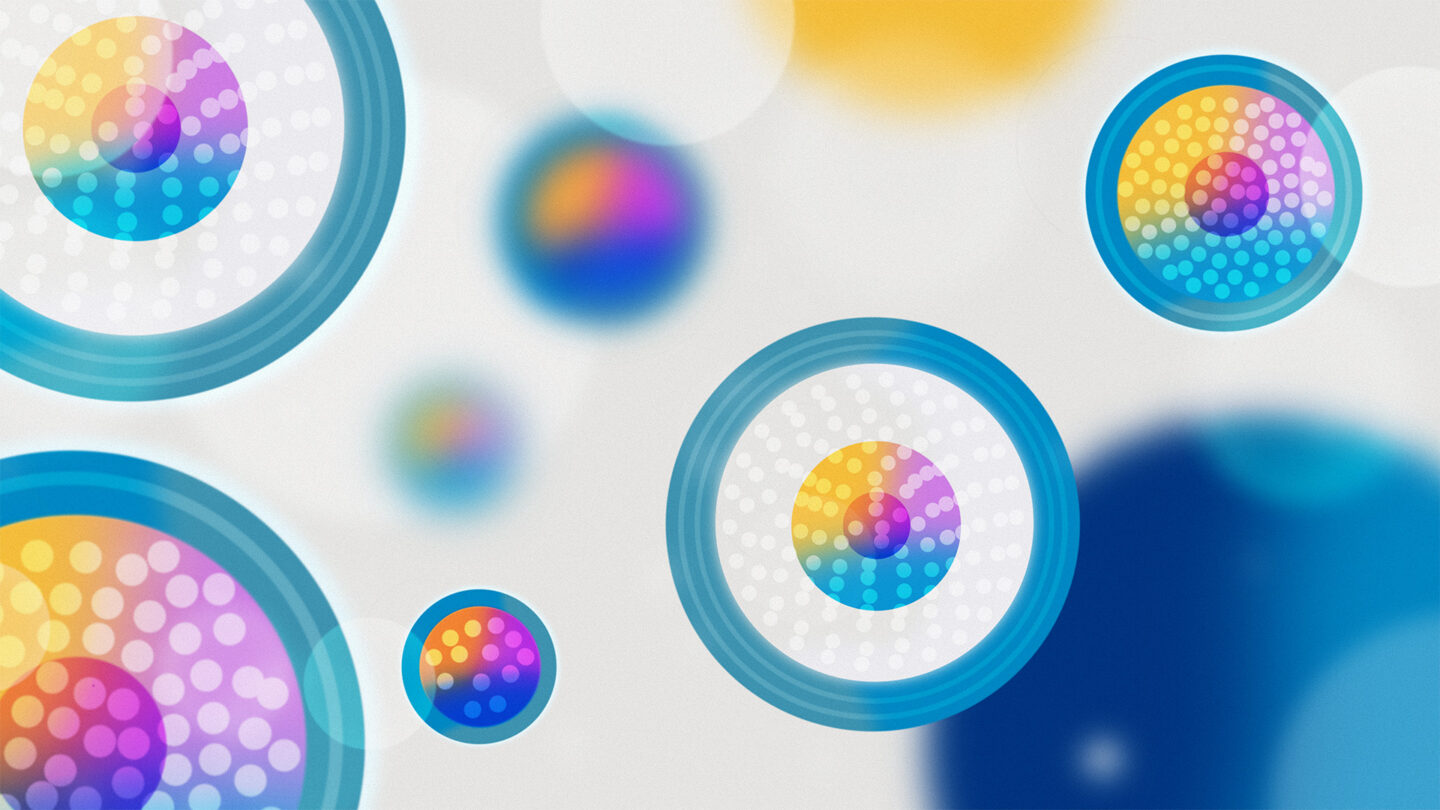
some more text
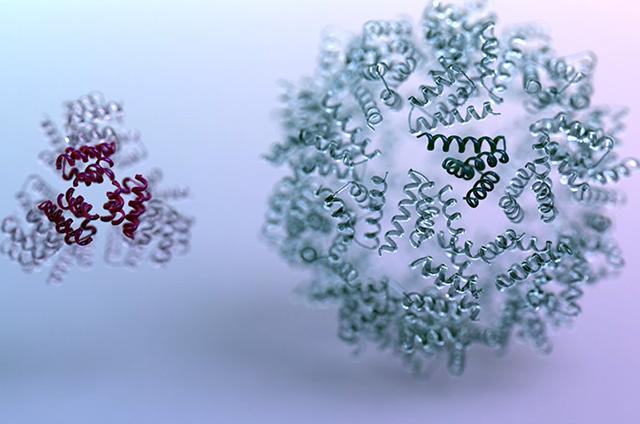
some more text
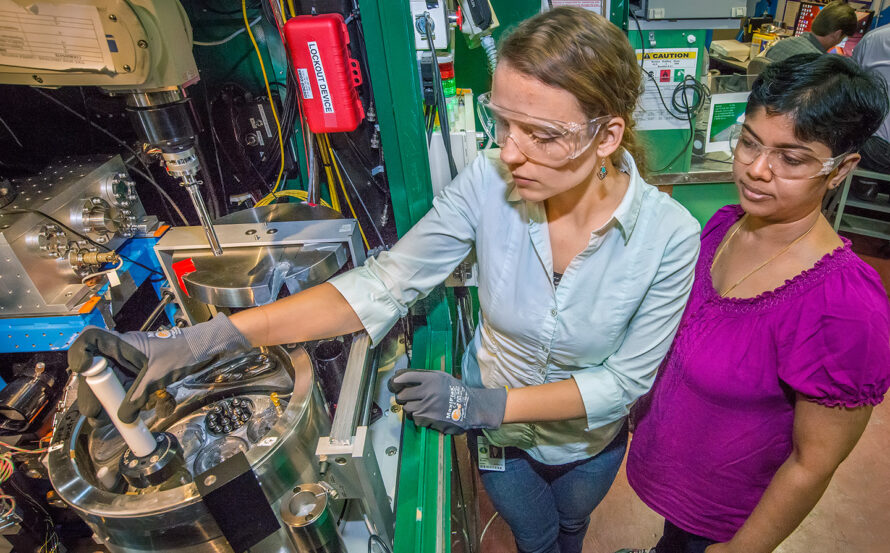
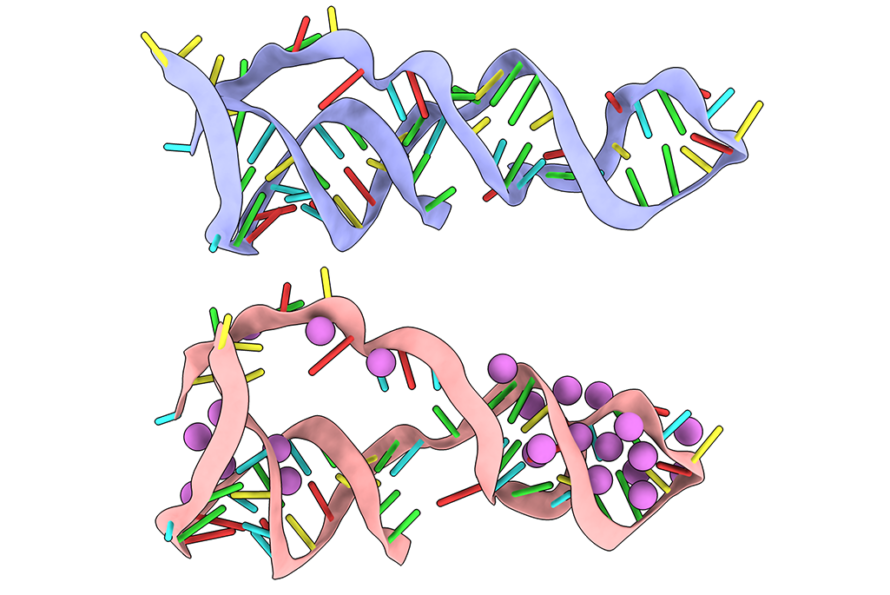
-
Turning Agricultural Trash to Treasure
New funding will help Berkeley Lab and partners improve how the diverse agricultural waste in California’s Northern San Joaquin Valley can be used to make sustainable bioproducts and biofuels.
Read the article -
Scaling up the Bioeconomy Workforce
A hands-on laboratory course at the Advanced Biofuels and Bioproducts Process Development Unit (ABPDU) is preparing bioprocess engineering students for careers in the bioeconomy.
Read the article -
Infrared and AI Detect Low-dose Radiation Long After Exposure
Biosciences researchers have established a powerful new method that couples advanced infrared imaging techniques with statistical machine learning models to quickly and non-invasively determine with high accuracy whether an animal was exposed to radiation—even at extremely low doses almost three months post exposure.
Read the article -
Making Sustainable Products Faster with AI and Automation
Héctor García Martín, a staff scientist in the Biological and Systems Engineering (BSE) Division, is working to accelerate and refine the synthetic biology landscape by applying artificial intelligence and the mathematical tools he mastered during his training as a physicist.
Read the article -
Biology Can Make Vaccine Adjuvants More Available
Biosciences researchers and their collaborators have modified yeast to make the vaccine adjuvant QS-21. QS-21 is an important additive to vaccines that stimulates the immune response, making it more effective.
Read the article

